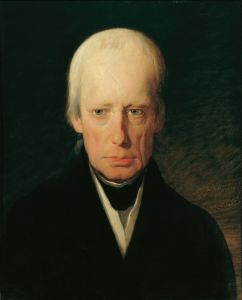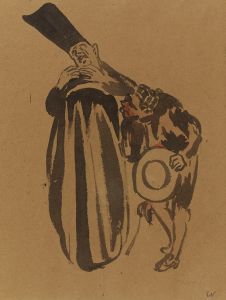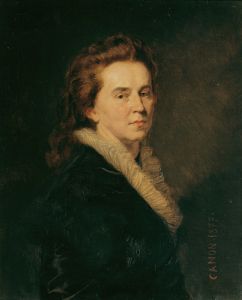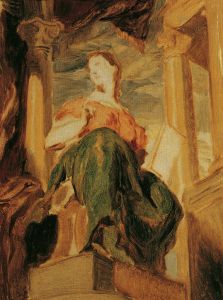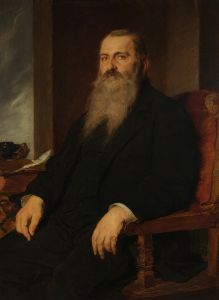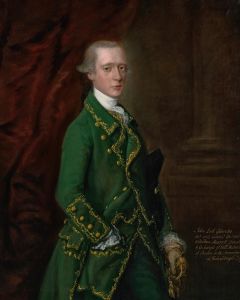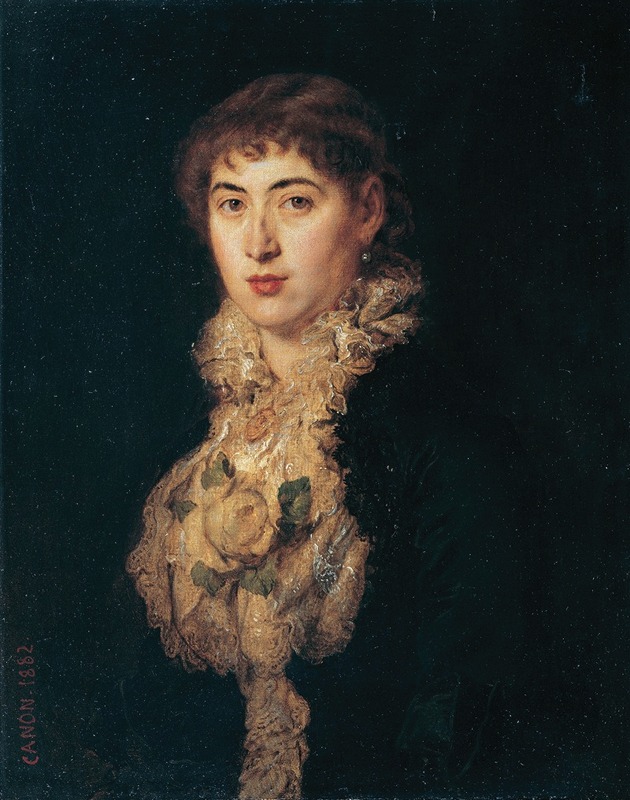
Maria Freifrau von Zehmen
A hand-painted replica of Hans Canon’s masterpiece Maria Freifrau von Zehmen, meticulously crafted by professional artists to capture the true essence of the original. Each piece is created with museum-quality canvas and rare mineral pigments, carefully painted by experienced artists with delicate brushstrokes and rich, layered colors to perfectly recreate the texture of the original artwork. Unlike machine-printed reproductions, this hand-painted version brings the painting to life, infused with the artist’s emotions and skill in every stroke. Whether for personal collection or home decoration, it instantly elevates the artistic atmosphere of any space.
Hans Canon, born Johann Baptist Strašiřipka in 1829, was an Austrian painter known for his portraits and historical scenes. One of his notable works is the portrait titled "Maria Freifrau von Zehmen." This painting exemplifies Canon's skill in capturing the essence and character of his subjects, a hallmark of his portraiture.
Maria Freifrau von Zehmen was a member of the Austrian aristocracy, and her depiction by Canon reflects the social status and cultural milieu of the time. The painting is believed to have been completed in the latter half of the 19th century, a period when Canon was at the height of his artistic career. Canon's work during this time was characterized by a blend of realism and a certain romantic flair, which can be seen in the way he portrayed his subjects with both accuracy and a sense of idealization.
In "Maria Freifrau von Zehmen," Canon employs a refined color palette and meticulous attention to detail, particularly in the rendering of textures such as fabric and skin. The composition is likely to be formal, as was customary for portraits of nobility during this era. Canon's ability to convey the personality and status of Maria Freifrau von Zehmen through subtle expressions and posture is indicative of his mastery in portrait painting.
Hans Canon's work was influenced by the broader European art movements of his time, including Romanticism and Realism. His portraits often reflect a deep understanding of human psychology, capturing not just the physical likeness of his subjects but also their inner lives. This approach is evident in the portrait of Maria Freifrau von Zehmen, where Canon's technique allows viewers to glean insights into her character and social standing.
Canon's contribution to Austrian art is significant, as he was one of the prominent portraitists of his era. His works are housed in various collections and continue to be studied for their artistic and historical value. The portrait of Maria Freifrau von Zehmen is a testament to his skill and his ability to encapsulate the essence of the Austrian nobility in the 19th century.
While specific details about the life of Maria Freifrau von Zehmen are not widely documented, her portrayal by Hans Canon ensures that her image and status are preserved through art. This painting serves as a cultural artifact, offering insights into the fashion, aesthetics, and social structures of the time.
In summary, "Maria Freifrau von Zehmen" by Hans Canon is a distinguished example of 19th-century Austrian portraiture. It highlights Canon's artistic prowess and his capacity to convey the dignity and personality of his subjects. Through this work, Canon has left an indelible mark on the art world, providing a window into the lives of the Austrian aristocracy of his time.






